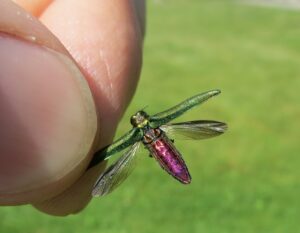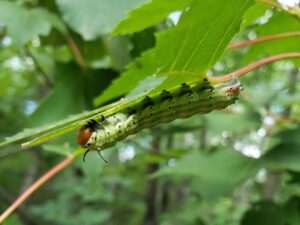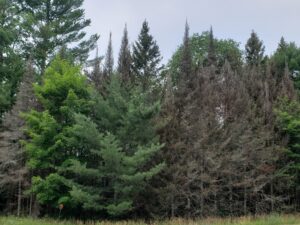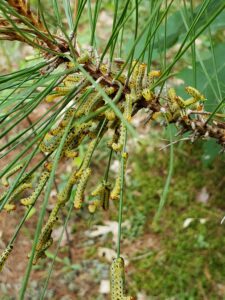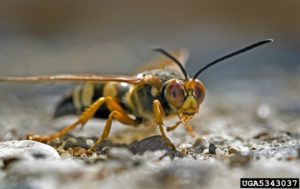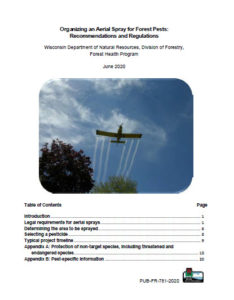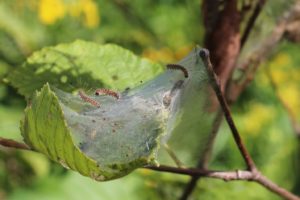
Donald Duerr, USDA Forest Service, Bugwood.org
The USDA is encouraging everyone to spend 10 minutes checking their trees for the Asian longhorned beetle (ALB). August is an ideal time to spot this devastating pest as it emerges from trees.
Although ALB has not been discovered in Wisconsin, it is crucial that we keep an eye out for it. The quicker any infestations are discovered and reported, the easier it will be to eradicate. Three states currently have regulations in place for ALB: Massachusetts, New York, and Ohio.
ALB attacks a wide variety of trees including maple, elm, ash, birch, poplar, and willow. Signs of infestation include dime-sized exit holes, shallow scars in bark, sawdust-like material on the ground or tree branches, dead branches, and the beetle itself. Note that the Asian longhorned beetle is sometimes confused with the white-spotted pine sawyer, a native longhorned beetle.
Continue reading “August is Tree Check Month!” →
